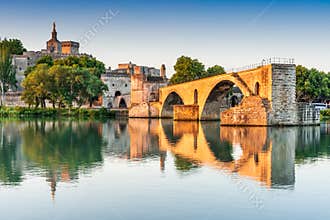Porolissum - City Of Roman Empire. Porolissum Was An Ancient Roman City In Dacia (Transylvania In Romania Of Today). Established As A Military Camp In 106 During Trajan's Dacian Wars, The City Became The Capital Of The Province Dacia Porolissensis In 124. Porolissum Is On The Footh Of Meses Mountainse Ridge, The Ancient Natural Border Of The Empire, Fortified After The Conqest Of Dacia. The Ruins Of Porolissum Are Located Only 8 Km Far Away From Zalau City (The Main City Of Salaj County In Transylvania Region Of Romania Country). The Fort, Initially Built Of Wood On Stone Foundations (After The Second War With Dacians, In 106), Was Garrisoned With 5000 Auxiliary Troops Transferred From Spain, Gaul And Britain. Even Though The Name Porolissum Appears To Be Dacian In Origin, Archaeologists Have So Far Uncovered No Evidence Of A Dacian Settlement Preceding The Roman Fort. The City Quickly Grew Through Trade With The Native Dacians. Although The Romans Withdrew From Dacia In 271 Under Aurelian, The City Was Abandoned Only In 5Th Century, Archaeological Evidence Shows That It Remained Inhabited For Several Centuries Afterwards. The Site Is One Of The Largest And Best-Preserved Archaeological Sites In Modern-Day Romania.
ID 06981046835 © Emicristea | Megapixl.com
CATEGORIES
Sharing is not just caring, it's also about giving credit - add this image to your page and give credit to the talented photographer who captured it.:
KEYWORDS
administrative ancient archaeology architecture bastion border brick build building built camp capital castrum celebration center city conquest county culture dacia dacians defence defending door entrance fort fortified fortress found foundation garisson gate god heaven historical history important jupiter large layer leader legion limes master meses military monment municipium official old opposite order porolissum porta praetoria province pub public roma roman romania roof ruin salaj settlement spqr stone stronghold tabern temple tourism town transylvania travel two visit wall withdrew zalau
























